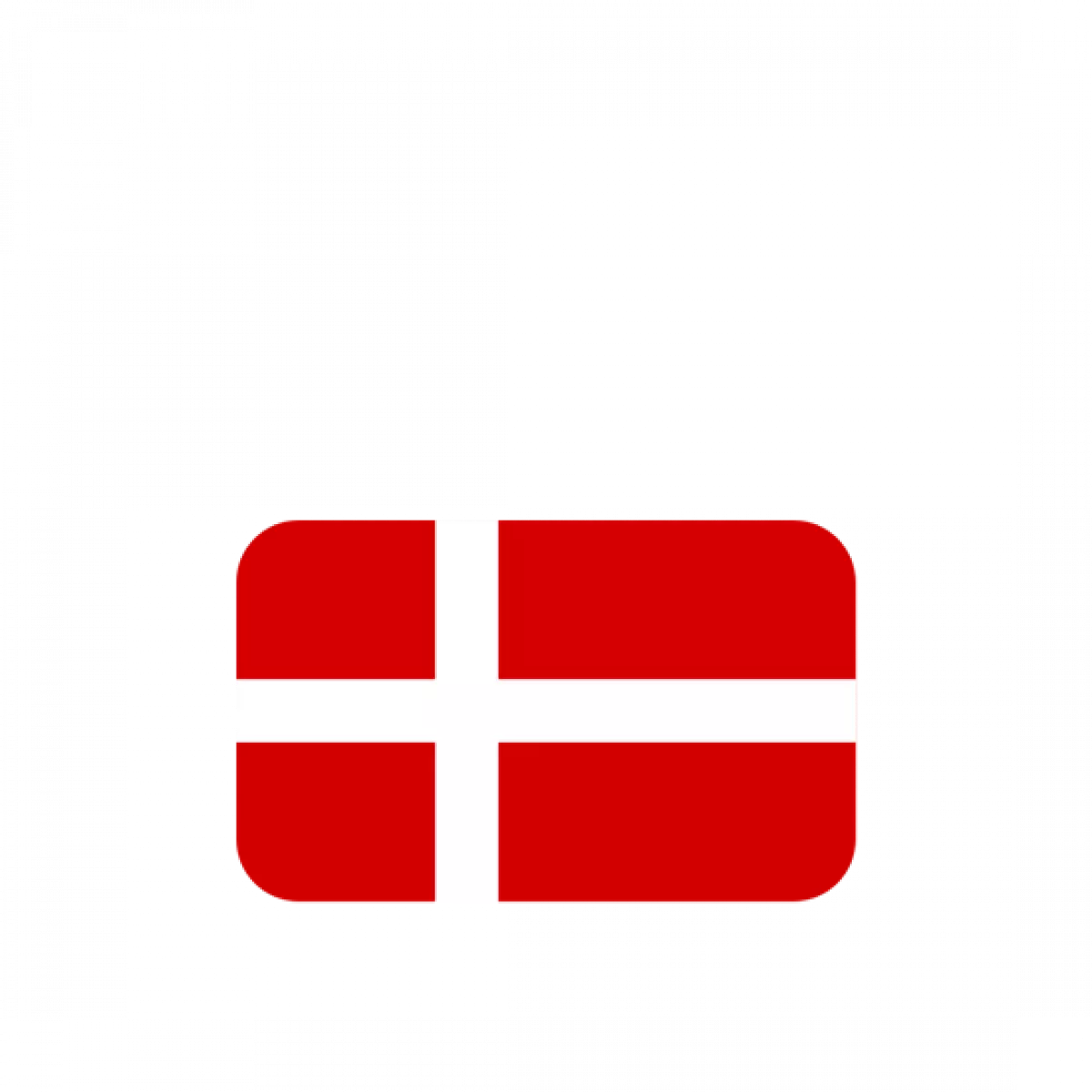Scandinavian design is about more than just furniture; it encompasses aspects of everyday life, from electronics to fashion, architecture to interior design. Nordic design, particularly Scandinavian minimalism, has permeated all aspects of our lives. But what exactly does Scandinavian design mean?
A Unique Approach to Design
Scandinavian design is characterized by a minimal, clean approach that seeks to combine functionality with beauty. It emphasizes simple lines and light spaces, free of clutter. This design philosophy extends to all areas of design, including architecture, electronics, and especially interior design, including furniture, textiles, ceramics, and lighting.
Scandinavian design focuses on showcasing the essential elements of any product, stripping away unnecessary elements. The result is a design aesthetic that is uncluttered and timeless.
 Caption: A kitchen with pink walls and wooden cabinets, featuring elements of Scandinavian design.
Caption: A kitchen with pink walls and wooden cabinets, featuring elements of Scandinavian design.
The Colors and Materials of Scandinavian Design
Scandinavian design often incorporates neutral and monochromatic colors, such as warm whites, blacks, and tans, with pops of color used as accents. Popular colors in Scandinavian design include plush pinks, gray-blues, and nature-inspired colors like sage.
Organic and natural materials play a significant role in Scandinavian design, reflecting the region's close relationship with nature. Wood, lightened to fit a neutral color palette, along with cotton and wool, feature heavily in Scandinavian design. House plants are also commonly incorporated.
 Caption: A Scandinavian design living room with a brown ceiling and white furniture.
Caption: A Scandinavian design living room with a brown ceiling and white furniture.
The Importance of Scandinavian Design
Scandinavian design is more than just an aesthetic; it embodies principles that establish harmony with one's environment and promote a simple home environment that enhances an unencumbered lifestyle free from excessive consumerism. By embracing Scandinavian design, individuals can create a space that encourages a life well-lived while also challenging the pressures of modern life and deepening their connection with nature.
Scandinavian design also extends to architecture, urban planning, and social innovation. Through intelligent design and an understanding of nature, Scandinavia has managed to bring nature into its cities, creating spaces that are environmentally conscious and socially innovative.

Famous Designers and Brands
Scandinavian design has produced numerous famous designers and iconic brands. Some iconic names include:
- Danish design: Børge Mogensen, Finn Juhl, Hans Wegner, Arne Jacobsen, Poul Kjærholm, Poul Henningsen, and Verner Panton.
- Swedish design: Estrid Ericson, Josef Frank, Greta Magnusson-Grossman, Stig Lindberg, and Bruno Mathsson.
- Norwegian design: Guðjón Samúelsson, Einar Sveinsson, and Högna Sigurðardóttir.
- Icelandic design: Guðjón Samúelsson, Einar Sveinsson, and Högna Sigurðardóttir.
Classic Scandinavian design brands include Iittala, Marimekko, Artek, Svenskt Tenn, Kosta Boda, and Rörstrand.
 Caption: A kitchen with pink walls and wooden cabinets, featuring elements of Scandinavian design.
Caption: A kitchen with pink walls and wooden cabinets, featuring elements of Scandinavian design.
The Differences between Scandinavian Design and Mid-Century Modern
While Scandinavian design and mid-century modern design share similarities, they are not the same. Mid-century modern refers to the modernist design movement that emerged between the 1940s and 1960s. It often features darker tones and a more dramatic aesthetic compared to the lighter, minimalistic approach of Scandinavian design.
Scandinavian design encompasses a broader range of design principles and extends to all aspects of life, while mid-century modern design is more focused on a specific era and style.
In conclusion, Scandinavian design is a distinctive and influential design philosophy that combines functionality, minimalism, and beauty. It is characterized by clean lines, light spaces, and a focus on showcasing essential elements. With its emphasis on simplicity and harmony with nature, Scandinavian design has become an enduring and beloved design aesthetic worldwide.
 Caption: A Scandinavian-design dining room with a wooden table and chairs.
Caption: A Scandinavian-design dining room with a wooden table and chairs.
















